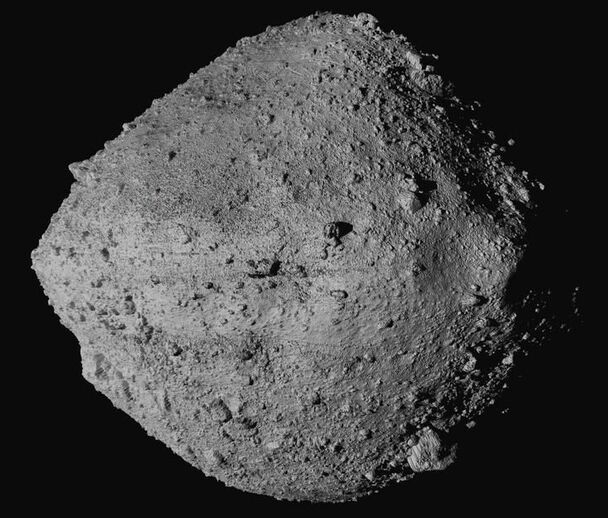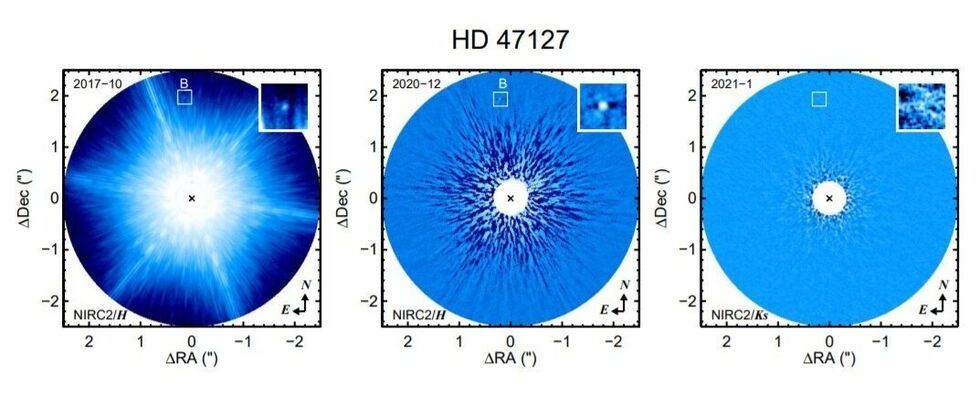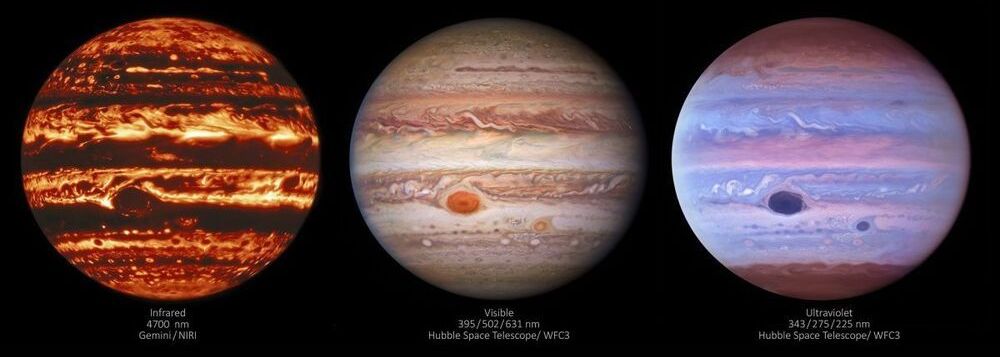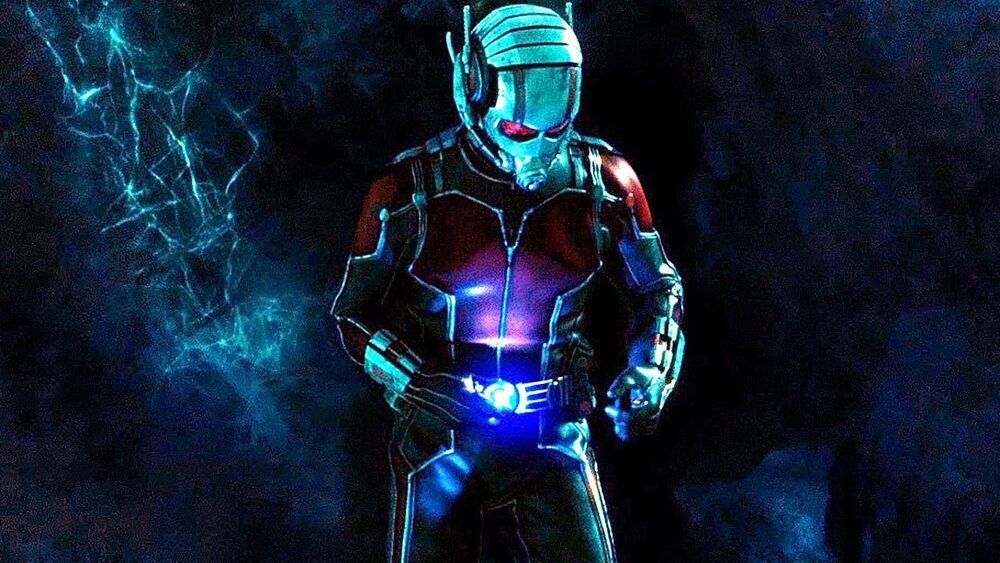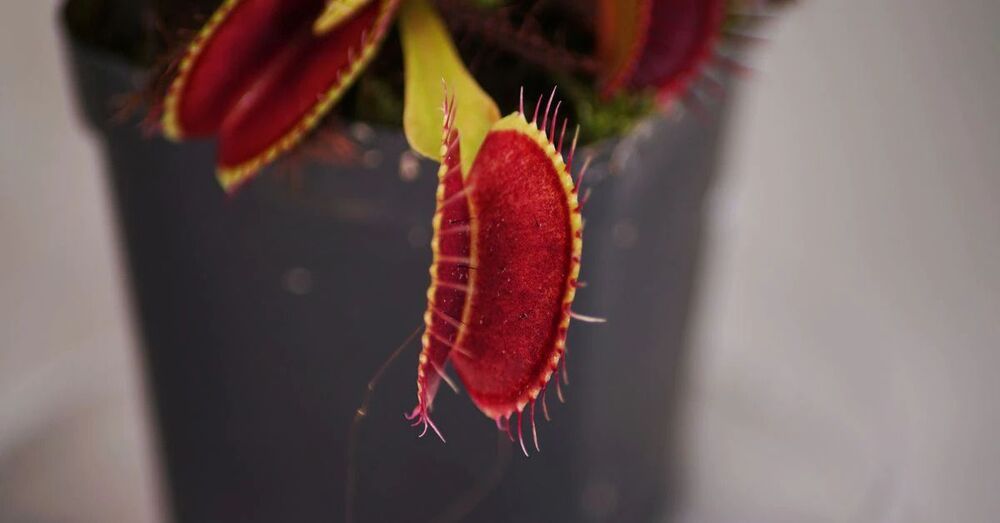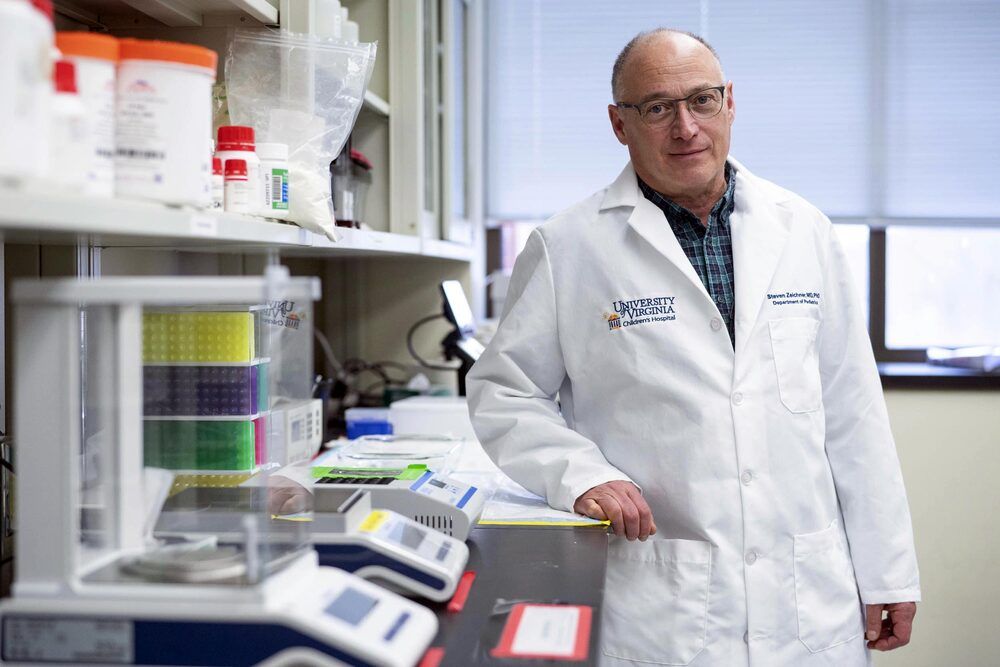This marine marriage has been going strong for 273 million years.
Paleontologists have rediscovered a symbiotic relationship between two deep-sea animals that were previously thought to have disappeared from fossil record hundreds of millions of years ago.
The ancient pair identified in a new report — published in the journal Palaeogeography, Palaeoclimatology, Palaeoecology — are two types of non-skeletal coral and crinoid, or sea lilies, an animal whose cousins in the phylum Echinodermata include starfish and sea urchins.


